Uesugi Shrine (Yonezawa castle ruins)
There is the Uesugi Shrine, the Uesugi Museum, the Uesugi Earl’s Residence, and a bronze statue. I took a walk around the Yonezawa castle ruins.
The “Uesugi Shrine,” which located in the ruins of the former Yonezawa Castle in Yonezawa City, Yamagata Prefecture, is a shrine dedicated to Kenshin Uesugi. He is a warlord during the age of civil wars (16th century). Kenshin Uesugi died in 1578, and his body deified in Kasugayama Castle in Echigo Province (current Niigata Prefecture). However, when Kagekatsu Uesugi, who was a successor of Kenshin, was transferred to Yonezawa after Aizu, Kenshin’s coffin was also moved from Echigo to Yonezawa. He built the ancestral hall in the main enclosure of Yonezawa castle and enshrined Kenshin’s coffin.
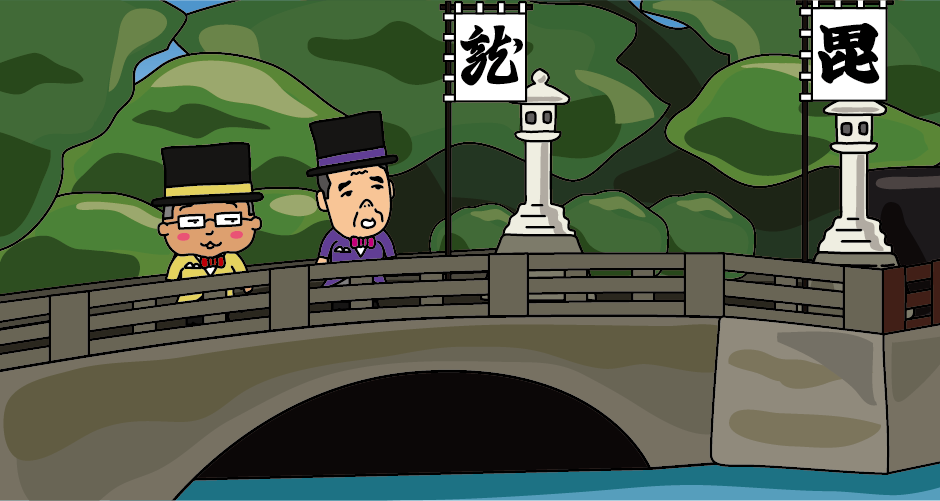
Uesugi Shrine built in the Meiji period (1872). When the new Meiji government issued the Ordinance Distinguishing Shinto and Buddhism (1868) and Ordinance for Disposal of Castles (1873), coffin of Kenshin moved to the grave of Uesugi family (Uesugi Clan Mausoleum) and changed from Buddhist style to Shinto style.
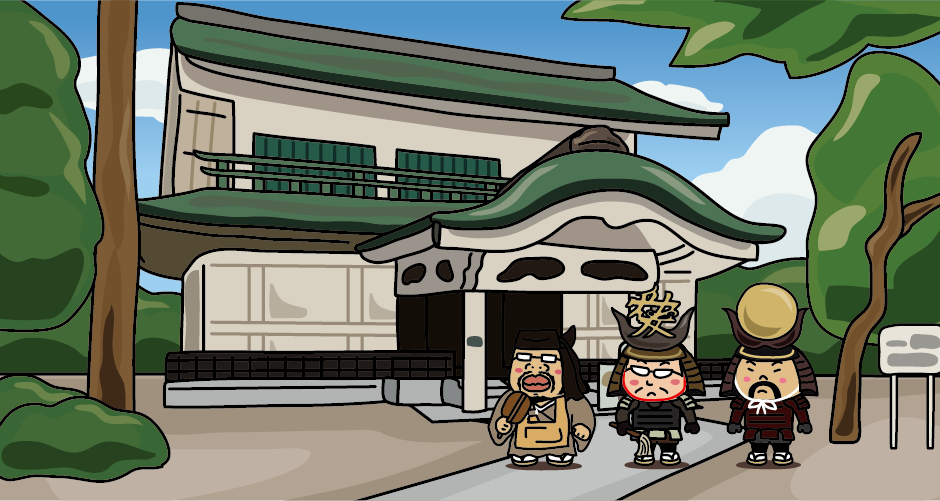
The “Keishoden” is the treasure hall of the Uesugi Shrine, and it is in the ruin of the main enclosure of Yonezawa castle. There is a collection of about 300 items, such as swords, armors, and paintings from the Uesugi family, are displayed. You can see Kanetsugu Naoe’s “Ai (love,愛)” armor and Kagekatsu Uesugi’s “Nichirin (sun,日輪)” armor.

At the outer citadel site of the former Yonezawa Castle (now Matsugasaki Park), Matsugasaki Shrine is enshrined. This shrine is worshiped by a famous leader and the 9th lord of Yonezawa Clan, Yozan Uesugi. When the Uesugi shrine founded, Yozan was also enshrined there. But in 1902, when the Uesugi shrine became an official government shrine (a shrine that enshrines a person who had a special effort for the country), Matsugasaki shrine was separated from Uesugi Shrine and founded.
Yozan is especially popular among the Yonezawa lords because he saved the financial difficulties of Yonezawa Clan by practicing simplicity and frugality, encouraging new industry and developing new fields. Former US President J.F. Kennedy and Bill Clinton said Yozan Uesugi as the most respected Japanese politician.
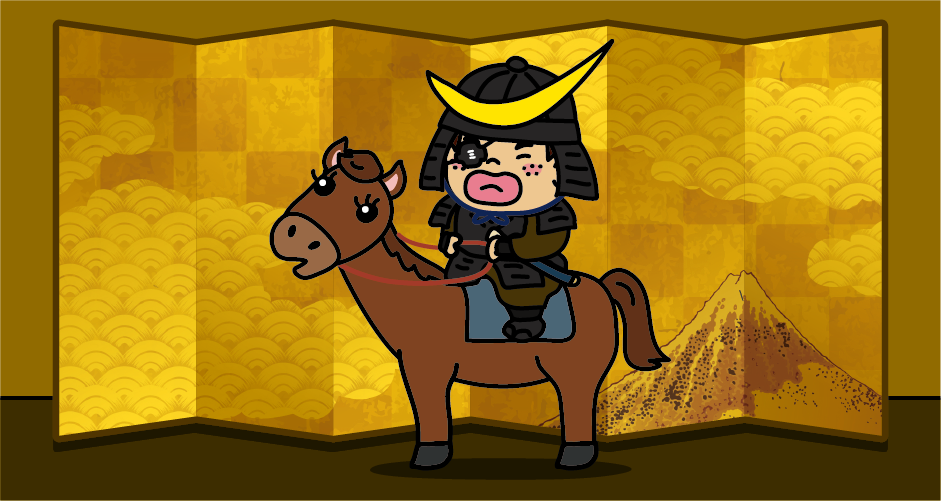
It said that the original foundation of Yonezawa Castle was by Nagai family in the Kamakura period (1238). At that time, it was called “Matsugasaki Castle.” In the Muromachi period (1380), Date family destroyed Nagai family, and Date family ruled Yonezawa castle until 1591. Masamune Date, who is famous for Dokuganryu (独眼竜, One-eyed dragon of Oshu), was born in Yonezawa Castle.
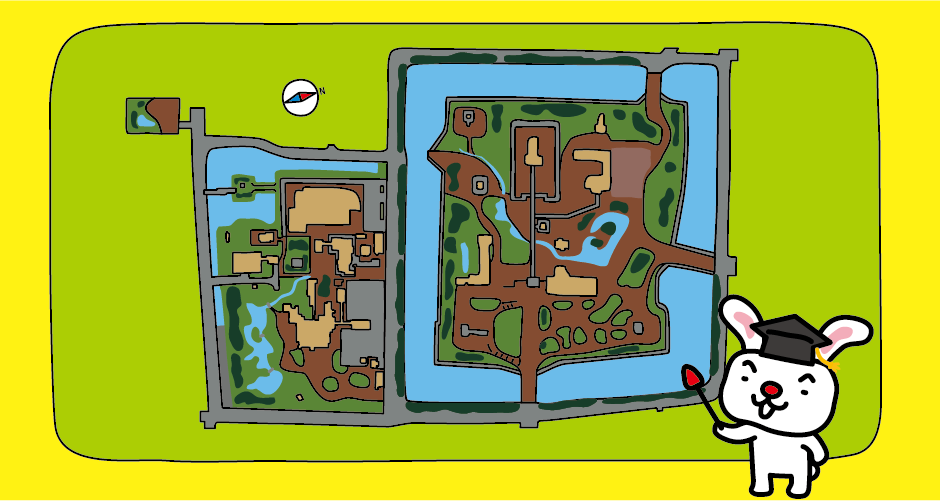
In 1598, when Hideyoshi Toyotomi ordered Kagekatsu Uesugi to rule Aizu of 1.2 million koku*, the owner of Yonezawa Castle changed to Kanetsugu Naoe who was the senior vassal of Kagekatsu. However, because Kagekatsu Uesugi joined the Toyotomi army in the Battle of Sekigahara (1600), moved to Yonezawa of 300 thousand koku by Ieyasu Tokugawa. In 1601, he became the first lord of Yonezawa Clan. Yonezawa Clan reduced its productivity to 150 thousand koku after the succession problem, but for about 270 years Uesugi family ruled Yonezawa Castle from 1601 to 1869. In 1869, the Meiji government ordered to return of the land and people from the feudal lords to the Emperor. In 1873, the castle was demolished, and its ruin was opened as a park in 1874.
*Koku is a unit of volume, and 1 koku = about 180 liters. 1 koku of rice weighs about 140-150kg. 1 koku is sometimes referred to as the total amount of rice consumed by a person in a year.
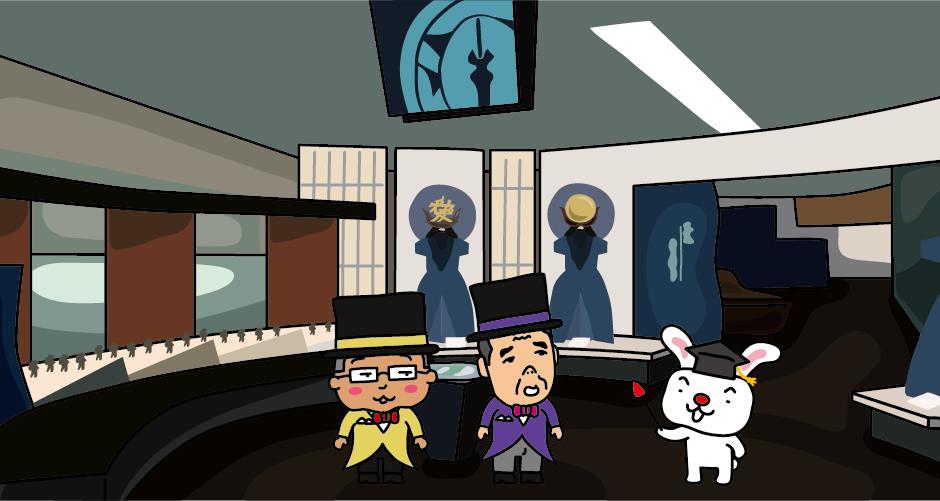
In the “Yonezawa City Uesugi Museum” located in the outer citadel site of the former Yonezawa Castle, you can see valuables related to the Uesugi family. This museum is composed to learn the history and culture of the Uesugi family, especially Yozan Uesugi. There are also pre-Edo period exhibitions like Date family-related exhibition.
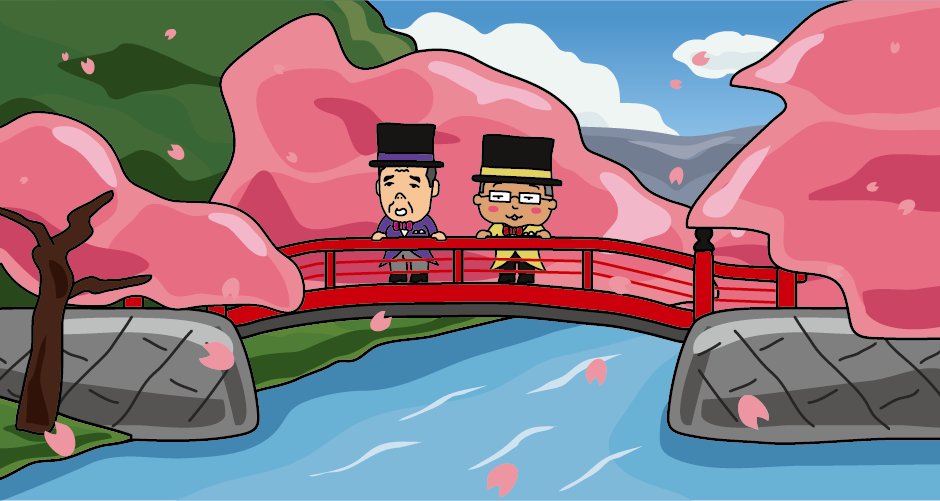
“Matsugasaki Park” is famous for its cherry blossoms. The red color of “Hishimonhashi bridge”, which was a bridge once only the castle owner was able to cross, gives impressive color contrast in the season of cherry blossoms.
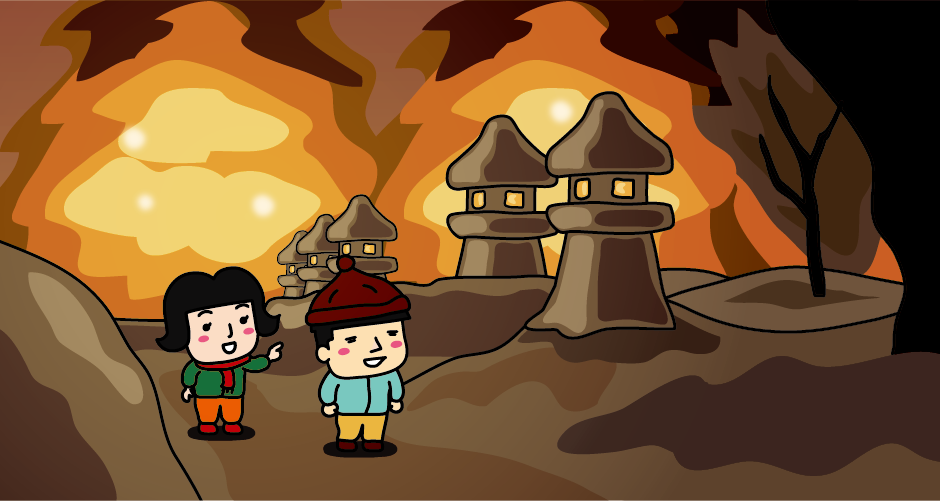
The “Uesugi Snow Lantern Festival” is held on the second Saturday and Sunday of February every year. In the precincts of the Uesugi Shrine and around Matsugasaki Park, about 300 snow lanterns and 1000 snow paper lanterns will lit.
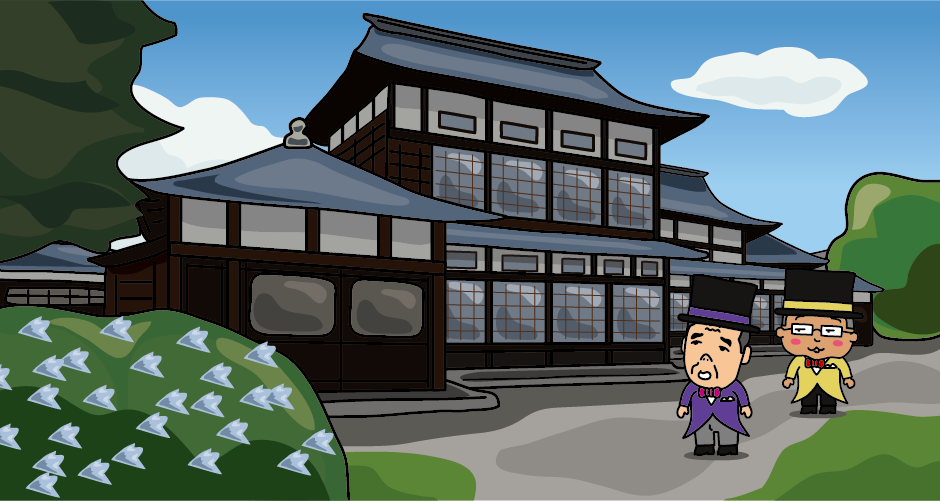
After the Meiji Restoration (1869), the Uesugi family became peerage (Japanese aristocracy) and given the title of the count. In the outer citadel site of the former Yonezawa Castle, ” Uesugi Hakushaku Tei (Uesugi Earl’s Residence)” is located. This is the main house of the 13th and the last lord of Yonezawa Clan. The Uesugi family donated this house to Yonezawa City in the Showa period. Now it used as the “Uesugi Memorial Museum” with a tourist facility, restaurant, and cafe.
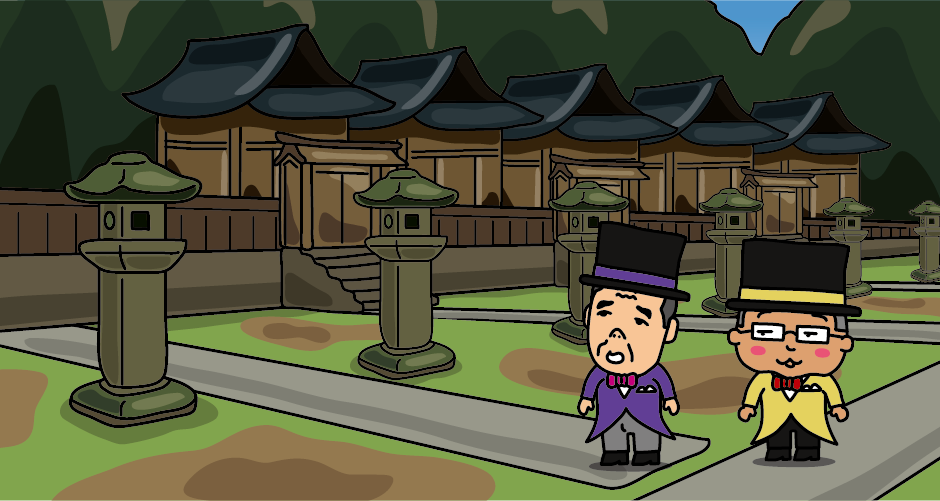
“Uesugi Clan Mausoleum” is the grave of Kenshin Uesugi and the lords of Yonezawa Clan. It is designated as a National historic site.
Access to Uesugi Shrine
[Railway]
It takes about 2 hours and 10 minutes from JR Tokyo Station to JR Yonezawa Station by Yamagata Shinkansen.
[Airplane]
It takes about 1 hour from Haneda Airport to Yamagata Airport. It takes about 1 hour and 10 minutes from Itami Airport to Yamagata Airport.
About 35 minutes from Yamagata Airport to Yamagata Station by shuttle bus. About 30 to 50 minutes from JR Yamagata Station to JR Yonezawa Station by Yamagata Shinkansen or JR Ou Main Line.
Get off at JR Yonezawa Station and from the Yonezawa Station bus terminal take a local bus to Uesugi Jinja-mae bus stop in about 8 minutes.




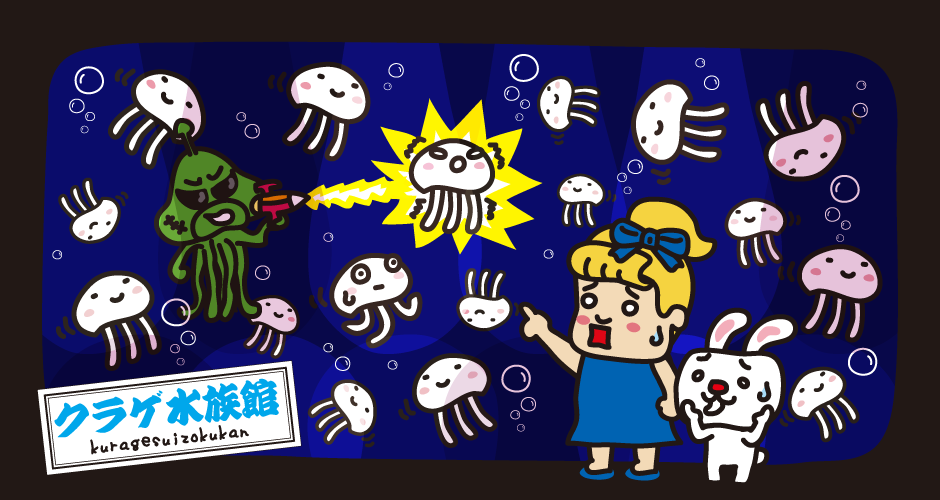
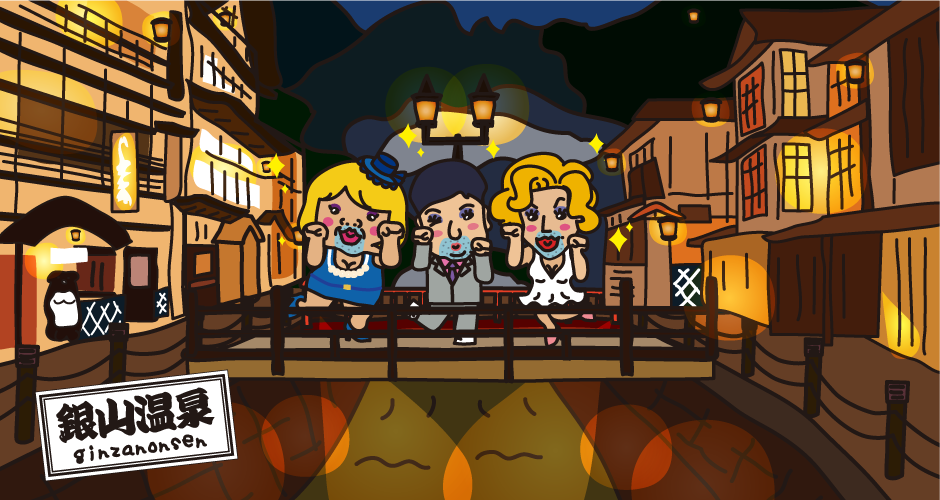
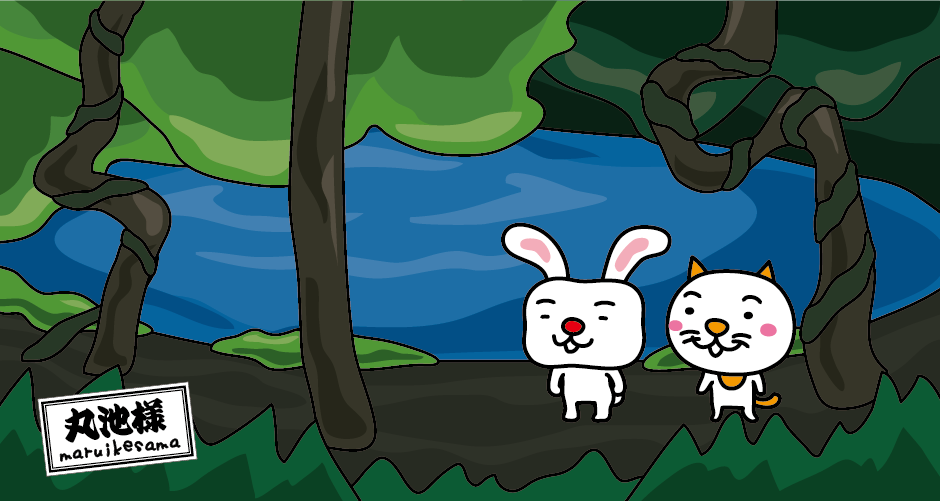
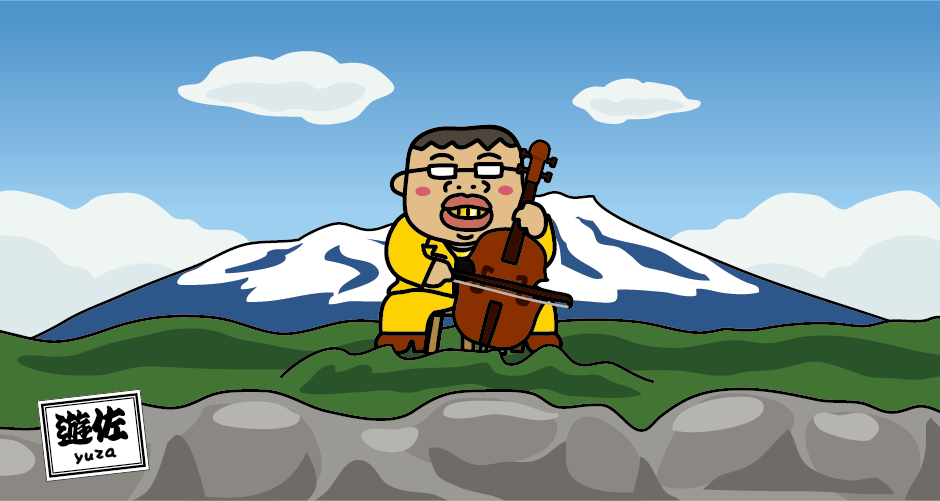
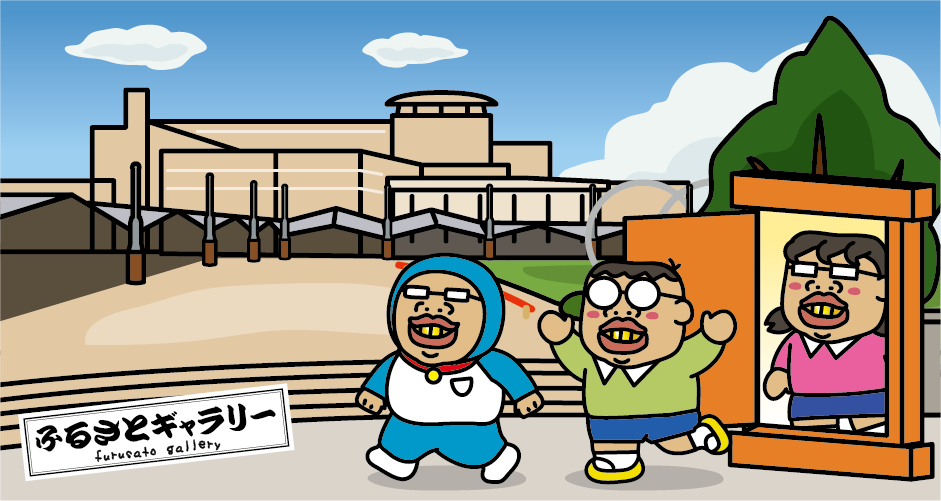
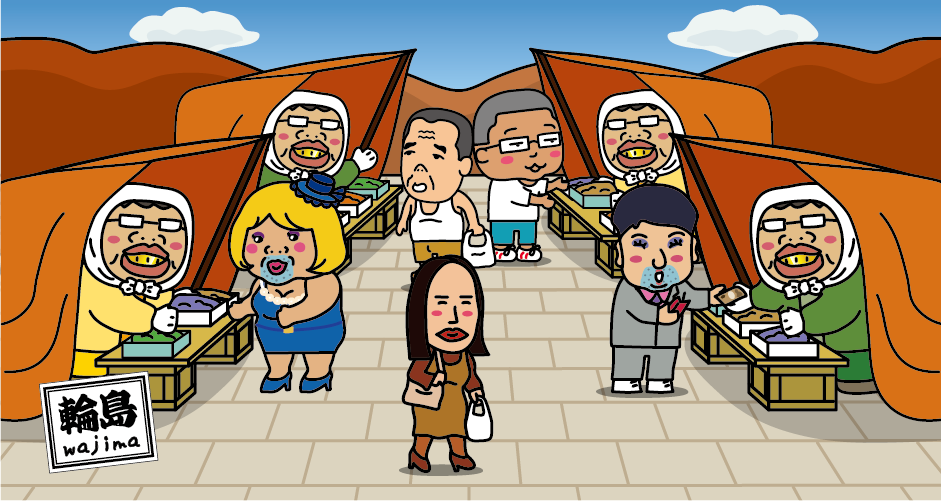

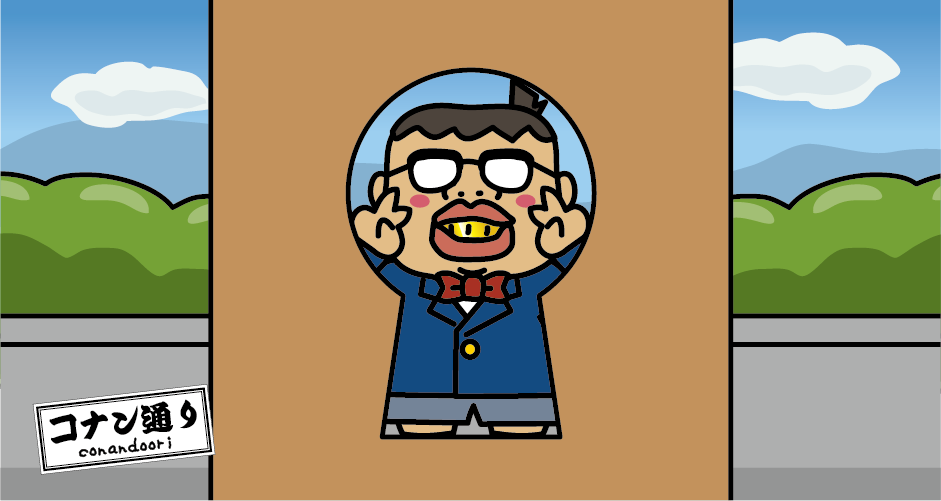
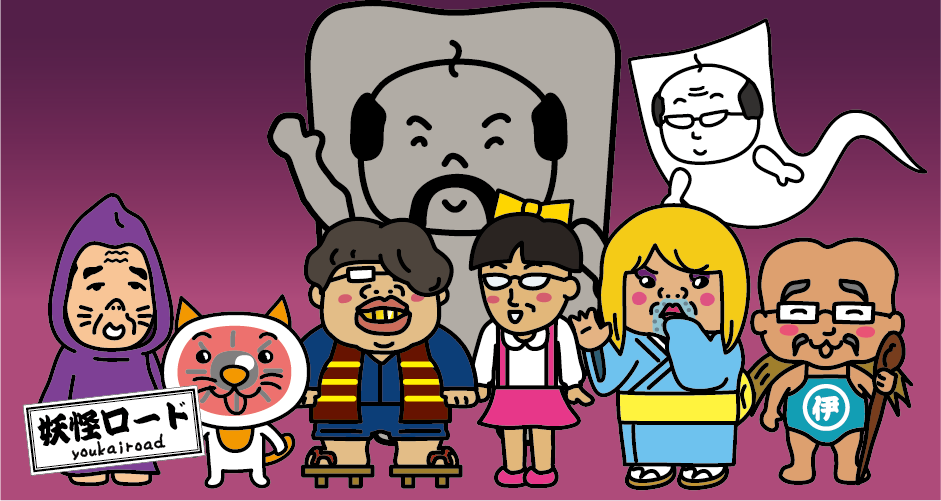

You need to login to comment on an article.